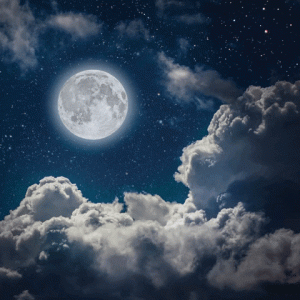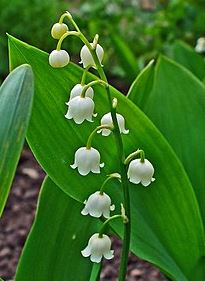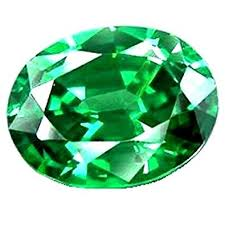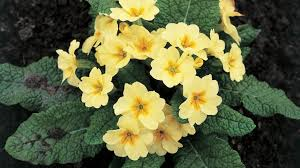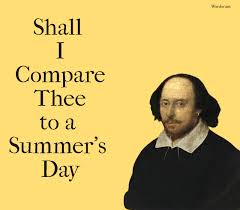July Buck Moon
July Buck Moon
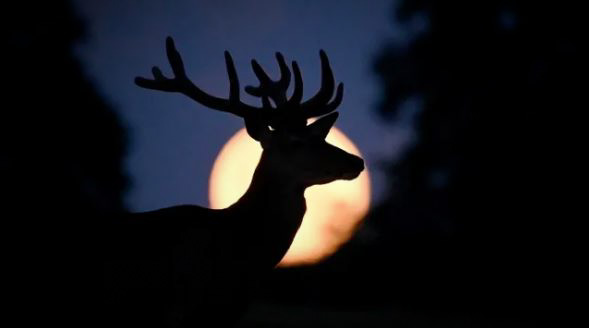
July Buck Moon
The July full moon known as the Buck Moon occurs on 21 July 2024. Full moons occur when the moon is on the opposite side of the Sun from the Earth and is illuminated. Summertime Full Moons in the Northern Hemisphere tend to be low in the sky and often look yellow because the reflected light from the moon goes through more of Earth’s atmosphere.
May Emerald Flower Moon
The full moon of May 23 2024, also known as the Flower Moon, is a sight to behold. As one of the four lunar events known as the “cross-quarter days,” it marks the midpoint between the spring equinox and summer solstice, and has been celebrated by various cultures throughout history.
A full moon on Friday June 21 2024 — Strawberry Moonwill make the coastline more dangerous with rip currents stronger. Swim within your depth on beaches with lifeguards. The sea still remain cold so be aware. Check www.watersafety.ie/lifeguards/.
May’s birth flower is the Lily of the Valley.
Lily of the valley is considered the sign of Christ’s second coming.
The power of people to envision a better world was also attributed to the lily of the valley
In Christianity it represents the Second Coming of Christ or Our Lady’s tears
The birthstone for the month of May is the Emerald
It represents love or success.
The emerald has a meaning as a stone that brings luck
Deep green is the most desired colour
A Primrose flower blooms in the early Summer,
They represent youth, new beginnings, new life, or birth

